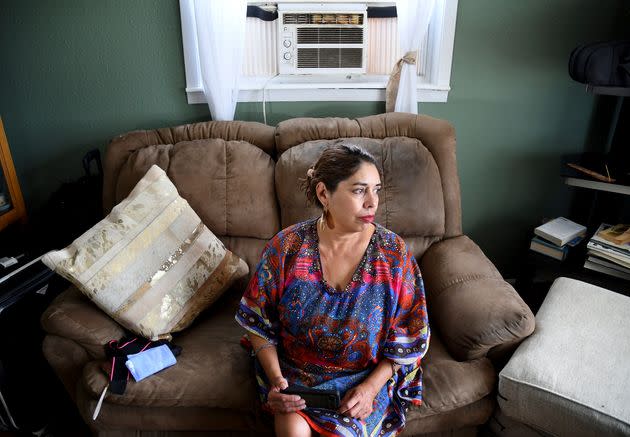Electricity prices in the United States have experienced a notable surge, significantly outpacing overall inflation rates, as highlighted by recent data from the Bureau of Labor Statistics. Last month, the average cost of electricity bills rose by 4.4% compared to the previous year, marking a substantial increase that surpasses the 3% growth observed in economy-wide inflation. This rise, although slightly lower than in May, remains a cause for concern, particularly alongside increases in housing and transportation costs, underscoring the financial strain on consumers across the nation.
The escalation in electricity prices comes at a time when the U.S. and global regions are grappling with severe heat waves exacerbated by climate change and El Niño weather patterns. These climatic factors have pushed temperatures to unprecedented highs, posing serious health risks and highlighting the critical role of accessible and affordable cooling systems, such as air conditioning, in safeguarding public health.
For many Americans, especially those in lower-income brackets, the rising cost of electricity threatens their ability to afford and maintain essential utilities, including air conditioning during sweltering summer months. Lucy Molina’s experience in Commerce City, Colorado, vividly illustrates this challenge, where her home, lacking central air conditioning, reached a scorching 107 degrees Fahrenheit amidst a heatwave. Such extreme temperatures underscore the urgent need for equitable access to cooling resources, particularly among vulnerable populations.
Compounding these challenges, the recent federal budget reduced funding for the Low Income Home Energy Assistance Program (LIHEAP) by $2 billion, with the majority of remaining funds earmarked for winter heating rather than summer cooling assistance. This reduction in support comes at a time when the demand for cooling aid is rising due to soaring temperatures, posing additional financial burdens on states and local governments tasked with meeting the needs of their communities.
The forecasted average U.S. electricity bill from June to September is projected to reach $719, representing an almost 8% increase from the previous year and the highest average in a decade. This sharp rise disproportionately impacts marginalized communities, with statistics indicating that people of color and America’s poorest residents are more likely to endure extreme heat without adequate cooling infrastructure.
Efforts to transition to cleaner energy sources have been hampered by fluctuating natural gas prices, infrastructure challenges, and climate-driven natural disasters. States with higher levels of renewable energy generation, such as New Mexico and Iowa, have experienced lower electricity rate increases since 2010 compared to states heavily reliant on fossil fuels, like California grappling with wildfires and West Virginia facing economic impacts from high coal prices.
Amid these challenges, the Biden administration has allocated significant funding to enhance energy efficiency in homes, aiming to reduce utility costs by preventing cooled air from escaping. These initiatives are crucial steps toward mitigating the economic and environmental impacts of rising electricity prices, yet political divisions persist regarding energy policy and federal funding priorities.
In conclusion, addressing the affordability and accessibility of electricity and cooling resources remains a pressing issue for public health, economic stability, and environmental sustainability in the United States. Policy interventions aimed at supporting vulnerable populations and promoting energy efficiency will be essential in mitigating the impacts of climate change, ensuring equitable access to essential utilities, and fostering resilience in the face of increasingly severe weather events.
